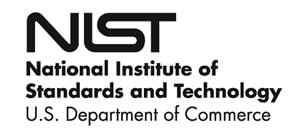RSS Feed Source: Science Daily
In a major advancement for sustainable construction, scientists have created a cement-free soil solidifier from industrial waste. By combining Siding Cut Powder and activated by Earth Silica, an alkaline stimulant from recycled glass, scientists produced a high-performance material that meets compressive strength standards exceeding the 160 kN/m construction-grade threshold and eliminates arsenic leaching through calcium hydroxide stabilization. The technology reduces landfill volumes and carbon emissions, offering a circular solution for infrastructure development worldwide.
Click this link to continue reading the article on the source website.


